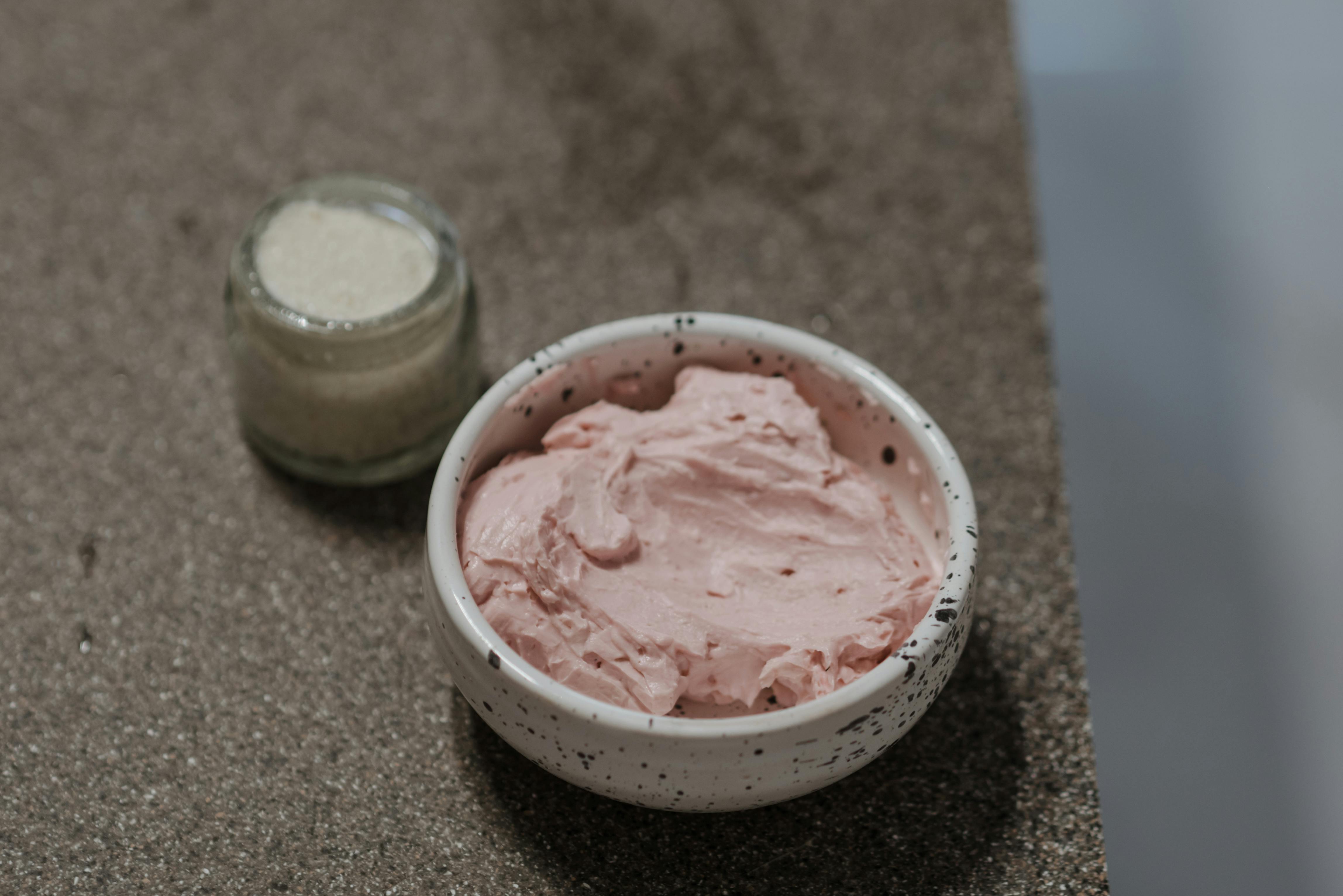Cooking rice and grains is a bit more complicated than cooking other foods. While too low a heat can leave them raw or unevenly cooked, heating them too high can make them musky and ruin their natural flavor. Likewise, while adding too much water can make them soggy, using less water can make them dry out and not as fluffy as you’d like. The point is that cookware plays an important role in cooking with just the right amount of water and heat distributed evenly and thoroughly.
Most conventional cookware made from metals or ceramics will not serve this purpose. First of all, the heat from these cookware is too strong and is never evenly distributed. It’s usually more on the bottom than the top, which leaves the beans cooked unevenly. Second, there is no efficient way to filter out excess water so that just the right amount of water remains that makes the beans moist and fluffy, just the way everyone likes them.
Another serious problem with conventional cookware is that most metals and ceramics leach toxins into the food as it cooks. I did an alkaline baking soda test on some cookware to confirm this fact. The alkalinity of foods makes them reactive to metal ions that leach from these cookware. So when an alkaline baking soda solution is heated in such cookware, they do the same thing. However, the test is quite easy to do:
- Boil 2-3 cups of water in any pot, when it starts to boil add 2 teaspoons of baking soda, boil for 5 more minutes. Turn off the stove.
- Wait until cool enough to taste and then taste the water (take a sip). If you taste metals, that’s what you’re eating! If the water tastes like rubber/paint, it’s the enamel/enamel chemicals.
As a control, mix 2 teaspoons of baking soda in 1 glass of water and take a sip; you will notice the taste of baking soda.
I also did the same test on a pure clay cookware and amazingly it didn’t leak. I did some research and found out why it happened. Pure clay is a naturally inert material and if no chemicals are used in the manufacturing process or for glazing, it remains that way and does not leach out.
Unlike metal/ceramic, pure clay cookware radiates food-friendly far-infrared heat that penetrates deep into each grain for even and thorough cooking. They are good heat retainers, so you can turn off the stove even before the water comes to a full boil – the grains continue to cook with the heat retained in the pot.
Pure clay pots are semi-porous, allowing excess water to evaporate and leaving enough moisture in the cooked beans to make them soft and fluffy. I cooked rice in them and noticed that they were delicious and each grain was separated from each other without adding fats, oils or additives, the pot took care of everything. I can confidently say that pure clay pots are ideal for cooking rice and grains.

